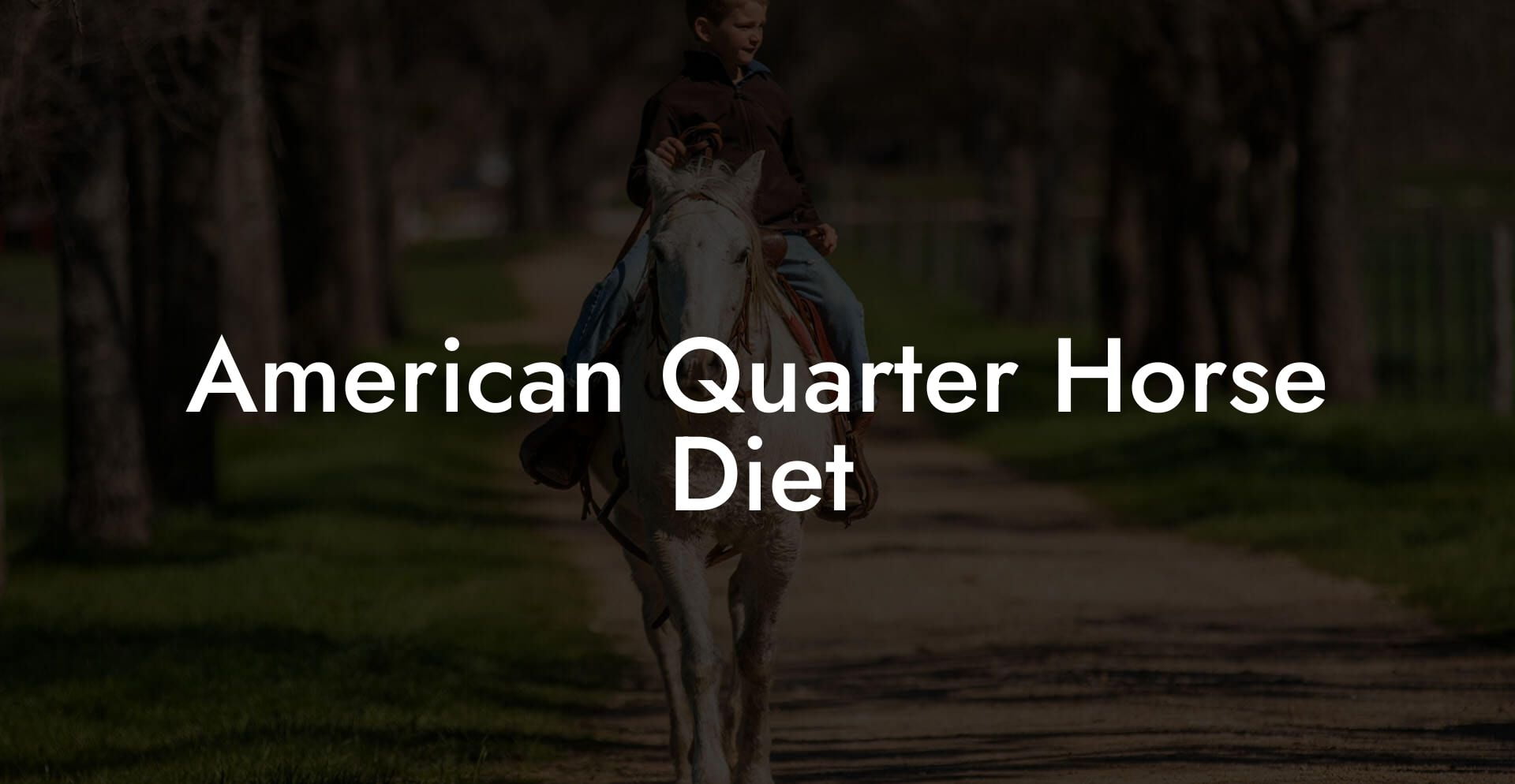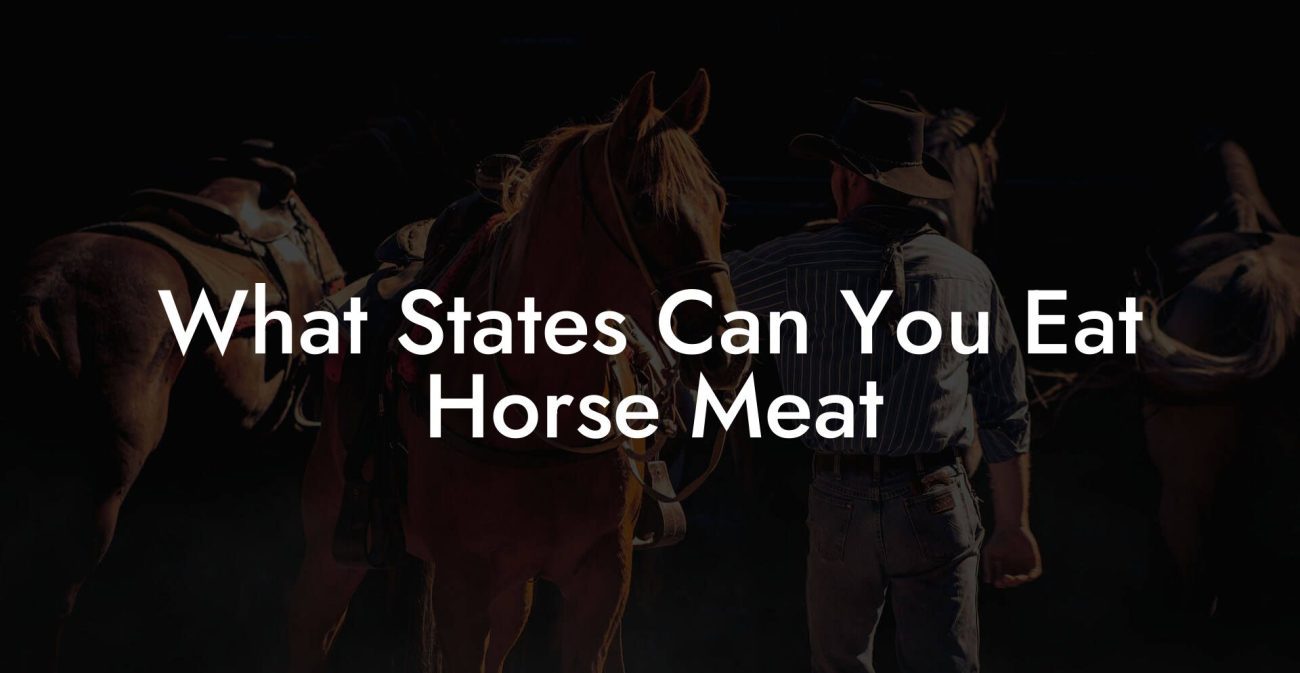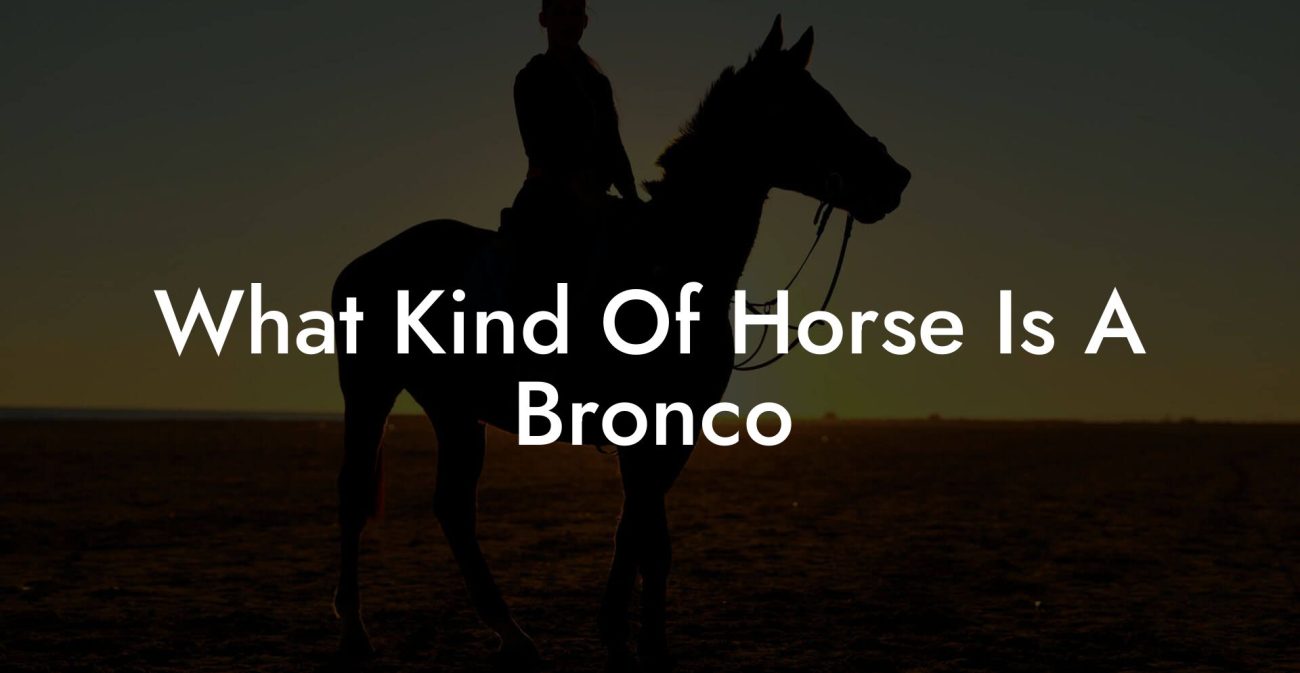When it comes to fueling your American Quarter Horse for that perfect blend of power and agility on the track or the trail, nothing beats a well-crafted diet plan that marries science with a touch of down-to-earth flair. Whether you’re a first-time owner or a seasoned horse enthusiast who’s seen the evolution of equine cuisine from hay bales to high-energy concentrates, this guide is your ultimate playbook for mastering the art of Quarter Horse nutrition. Buckle up, this isn’t your grandma’s feeding chart; it’s a smart, practical, and yes, even a little bit sassy roadmap to keeping your equine athlete in top form.
Quick Links to Useful Sections
- Understanding Your American Quarter Horse’s Dietary Needs
- The Science Behind Equine Digestion and Nutrient Absorption
- Forage First: The Cornerstone of the Quarter Horse Diet
- Grains, Concentrates, and Supplements: Balancing Energy and Performance
- Hydration and Mineral Balance: Keeping Your Horse Cool and Collected
- Feeding Practices and Schedules for American Quarter Horses
- Tailoring Diets for Different Activity Levels and Life Stages
- Young and Restless Foals
- Pregnant and Lactating Mares
- Mature and Working Quarter Horses
- Special Considerations: Health Issues and Dietary Adjustments
- Case Studies: Real-Life Journeys in Quarter Horse Nutrition
- Case Study 1: From Couch Potato to Trail Blazer
- Case Study 2: The Racing Champion’s Edge
- Case Study 3: The Resilient Senior Companion
- Resources and Community Support: Your Next Steps
- Practical Tips and Tools: Integrating Technology and Tradition
- FAQs About the American Quarter Horse Diet
- Your Path to a Nutritious and Thriving Quarter Horse
Understanding Your American Quarter Horse’s Dietary Needs
American Quarter Horses are not only known for their speedy sprints, they’re famous for their versatility, strength, and (let’s be honest) that cool, American West swag. That means their diet needs are just as multifaceted as their personalities. Whether you’re heading to a rodeo, training for a barrel race, or simply enjoying a leisurely trail ride, your Quarter Horse’s nutritional needs will vary based on age, workload, and overall health.
At its core, an ideal American Quarter Horse diet is all about balance. It’s like curating the perfect playlist for a road trip: you need a mix of energizing beats (high-energy feeds), smooth transitions (quality forage), and a few surprises (essential supplements) to keep things interesting. This guide will help you navigate the maze of horse nutrition with confidence, covering everything from hormone-driven foals to the grizzled veterans of the paddock.
Expect to learn about the importance of fiber-rich forage, the role of grains and concentrates in boosting energy levels, and why skipping hydration is a no-go for your champion four-legged friend.
The Science Behind Equine Digestion and Nutrient Absorption
Before diving into meal plans and feeding schedules, it's crucial to get a quick crash course on horse digestion. Unlike humans, horses are designed to process a steady stream of low-energy, high-fiber food. Think of them as natural grazers who are happiest with a diet that’s rich in long-stem hay and pasture grass.
The horse’s digestive system is a marvel of nature: food moves from the mouth through the esophagus into the stomach, and then to the small intestine where most of the calorie-packed action happens. The hindgut, comprising the cecum and colon, ferments fiber into energy. This unique system means your American Quarter Horse will always thrive on diets that are primarily forage-based with controlled amounts of concentrates mixed in for energy bursts.
Understanding these digestive mechanics is essential. For example, a sudden feast of sugary concentrates can disrupt the delicate balance in your horse’s hindgut and lead to colic, a situation no owner wants to deal with. So, a smart feeding strategy must respect the natural rhythms of your horse’s gut while also meeting the energy demands of their dynamic lifestyle.
Forage First: The Cornerstone of the Quarter Horse Diet
When discussing American Quarter Horse nutrition, one word stands out: forage. Quality hay and pasture are the bedrock of any effective equine diet, providing the fiber, vitamins, and minerals necessary for gut health and overall performance.
Why Forage Matters:
Forage mimics the natural grazing behavior of horses. It keeps their digestive system active and helps prevent issues like gastric ulcers and colic. Additionally, forage is generally more affordable and sustainable than relying solely on concentrate feeds.
Choosing the Right Hay:
Not all hay is created equal. For your Quarter Horse’s diet, look for high-quality grass hay, such as timothy or Bermuda, which is low in sugar and high in digestible fiber. Avoid overly mature hay, which can be fibrous to the point of inefficiency in nutrient absorption.
Pasture Perfection:
If your horse has access to pasture, that’s fantastic! However, be mindful of the grazing pressure on the land. Overgrazed pastures can lead to nutrient deficiencies and health issues. Rotational grazing and regular pasture maintenance are key to ensuring your horse always has access to fresh, nutrient-rich forage.
Grains, Concentrates, and Supplements: Balancing Energy and Performance
While forage forms the foundation of an American Quarter Horse diet, grains and concentrates have an important supporting role, especially for active horses that need an extra burst of energy. However, these components must be introduced carefully and in controlled amounts.
Grains and Concentrate Feeds:
Grains like oats, barley, and corn are popular choices among horse owners. They provide readily available energy to fuel high-intensity training sessions. The key is moderation: too much concentrate can upset the gut balance and increase the risk of digestive disturbances.
Supplemental Boosters:
Think of supplements as the secret sauce that can elevate your horse’s performance. From joint support formulas to digestive enzymes and probiotics, these ingredients are formulated to address specific needs. Common supplements include:
- Electrolytes: Vital for horses performing in hot weather or during intense workouts.
- Vitamins and Minerals: Supplements to balance any gaps in the diet, especially if forage quality fluctuates.
- Joint Health Formulas: Often containing ingredients like glucosamine and chondroitin sulfate to support fast-moving joints.
- Digestive Aids: Probiotics and enzymes that help optimize nutrient absorption and promote a healthy gut flora.
Remember, every Quarter Horse is unique. A high-energy racehorse might need a different blend compared to a leisure trail buddy. Consulting with an equine nutritionist can help tailor the perfect feed mix.
Hydration and Mineral Balance: Keeping Your Horse Cool and Collected
Just as we need water to stay hydrated and energized, your American Quarter Horse relies on proper hydration to support digestion and performance. Adequate water intake not only aids in nutrient absorption but also helps maintain body temperature and regulate metabolism.
Water, Water, Everywhere:
Horses can drink up to 10-12 gallons of water per day, depending on their workload and climate conditions. Always ensure fresh, clean water is available in multiple locations, particularly during the hotter months.
Minerals Matter:
Essential minerals such as calcium, phosphorus, magnesium, and potassium play crucial roles in muscle function, nerve transmission, and overall vitality. Mineral imbalances can lead to issues like tying-up, poor hoof quality, or even behavioral changes. Often, a well-formulated salt and mineral block can keep these levels balanced.
In addition, electrolyte solutions can be a lifesaver during long rides or high-intensity workouts, ensuring that your horse’s metabolic functions remain uninterrupted even when the temperature rises.
Feeding Practices and Schedules for American Quarter Horses
A great diet doesn’t just happen by chance, it’s built on consistent and thoughtful feeding practices. Establishing a regular feeding schedule can help regulate your horse’s digestion and enhance nutrient absorption.
The Importance of Routine:
Horses are creatures of habit. Much like you might schedule your morning coffee ritual, your Quarter Horse benefits from a predictable feeding schedule. Aim for at least two to three meals per day, mimicking their natural grazing behavior.
Meal Timing:
For performance horses, consider feeding their larger concentrate meals a few hours before exercise to provide readily available energy without causing digestive discomfort. For horses that are more laid-back, splitting the concentrate over multiple small meals can help maintain steady energy levels throughout the day.
Monitoring Portion Sizes:
Overfeeding can be just as detrimental as underfeeding, especially for Quarter Horses that tend to gain weight easily. Regularly assess your horse’s body condition score and adjust portion sizes as needed. Remember: it’s all about balance, fuel enough for performance without tipping into overindulgence.
Tailoring Diets for Different Activity Levels and Life Stages
Not all American Quarter Horses have the same nutritional demands. Their diet should reflect their activity level and stage of life. A foal, a lactating mare, a seasoned trail companion, or a competitive racehorse, each requires a bespoke diet tailored to their unique needs.
Young and Restless Foals
Foals are in a phase of rapid growth and learning. Their primary nutritional focus is on quality milk intake supplemented by gradual introduction to solid foods like high-quality hay and starter pellets. Special attention to calcium and phosphorus levels ensures healthy bone development.
Pregnant and Lactating Mares
These mares require a diet that’s abundant in energy and enriched with key nutrients to support both their own health and their foal’s growth. A higher calorie intake along with extra vitamins, minerals, and protein helps maintain maternal condition without compromising milk quality.
Mature and Working Quarter Horses
Active adults, whether on the racetrack or in the arena, need a balance between maintaining lean muscle mass and preventing undue weight gain. Their diets should focus on energy density balanced with plenty of fiber, ensuring that their performance peaks without digestive hiccups.
Tailor meals based on workload. For intense performance days, increase the proportion of easily digestible carbohydrates and essential minerals, while on lighter days, rely more on pasture and forage-rich diets.
Special Considerations: Health Issues and Dietary Adjustments
Just like humans, horses may develop health issues that require tweaks in their diet. Conditions such as obesity, laminitis, and metabolic syndrome call for dietary modifications that address these concerns head-on.
Managing Weight and Preventing Obesity:
For Quarter Horses prone to weight gain, limit high-calorie concentrates and machine-feed plenty of low-energy, high-fiber forage. Regular exercise coupled with controlled portions can help keep those love handles in check.
Laminitis and Sensitive Digestive Systems:
Laminitis is a painful inflammation of the hoof, often related to dietary missteps. Limiting non-structural carbohydrates (NSCs) by providing low-sugar forages and specially formulated feeds can help reduce the risk.
Metabolic and Endocrine Issues:
Horses with metabolic syndrome require a diet that promotes stable blood sugar levels. Focus on forage, limit high-starch grains, and consider supplements like chromium and omega fatty acids as advised by your veterinarian.
Regular health check-ups and collaboration with your equine nutritionist or veterinarian are essential to catching potential dietary issues early and ensuring your Quarter Horse stays in top condition.
Case Studies: Real-Life Journeys in Quarter Horse Nutrition
Sometimes the best way to understand the impact of a balanced diet is through real-life examples. Let's dive into a few case studies that showcase the transformative power of a well-planned American Quarter Horse diet.
Case Study 1: From Couch Potato to Trail Blazer
Meet Dusty, a laid-back Quarter Horse who was prone to weight gain and occasional lethargy. By revamping his diet to emphasize high-quality forage, carefully measured grains, and targeted supplements like omega-3 fatty acids for joint health, Dusty transformed into an energetic trail blazer. Over several months, his body condition improved markedly, his coat glowed, and his performance on trail rides reached new heights. Dusty’s story is a testament to how a well-tailored diet can turn around even the most reluctant of equine couch potatoes.
Case Study 2: The Racing Champion’s Edge
In the high-stakes world of quarter horse racing, every second, and every nutrient count, matters. Lightning, a competitive racehorse with a natural flair for speed, required a diet that balanced muscle-building proteins with rapid-release carbohydrates. His nutrition regimen included a blend of quality oats, targeted electrolyte supplements, and precise mineral ratios. The result? Lightning not only consistently broke track records, but he also recovered faster post-race, demonstrating how fine-tuning the diet can be a game-changer on the racetrack.
Case Study 3: The Resilient Senior Companion
Old Blue, a venerable Quarter Horse with years of adventures under his saddle, needed a diet that supported joint health, digestive efficiency, and overall vitality. By transitioning to a diet high in fiber, moderate in protein, and enriched with joint-supportive supplements like glucosamine and chondroitin, Old Blue continued to thrive well into his senior years. His journey underscores that with the right adjustments, every horse, no matter its age, can enjoy a nutritious diet that supports longevity and a quality life.
Resources and Community Support: Your Next Steps
Navigating the world of American Quarter Horse nutrition can sometimes feel like deciphering an ancient code. The good news? You’re not alone on this journey. There are thriving equine communities, online forums, and local clubs where seasoned experts and passionate owners share tips, success stories, and even those quirky fails that remind us all that perfection isn’t the goal, continuous improvement is.
Consider joining social media groups focused on quarter horse care, attending equine nutrition seminars, or subscribing to newsletters from leading equine nutrition institutes. These resources not only keep you updated on the latest research and trends but also create a network of like-minded enthusiasts who are as dedicated to the art of horse feeding as you are.
As you embark on refining your champion’s diet, make a list of trusted resources, veterinarians, nutritionists, and experienced peers, and don’t hesitate to ask questions. Whether it’s balancing electrolytes during a sweltering summer or adjusting rations for recovery after a hard race, a collaborative approach always yields the best outcomes.
Remember, a well-nourished American Quarter Horse is not just a horse, it’s a partner in every adventure, from spirited competitions to quiet, soulful trail rides. Empower yourself with knowledge, lean on your community, and let every meal be a step towards a healthier, happier horse.
Practical Tips and Tools: Integrating Technology and Tradition
In today's digital age, even the realm of horsemanship can benefit from a few tech-savvy tricks. There are apps designed specifically to track your horse’s meals, monitor body condition scores, and even remind you when it's time to replenish that salt block. While traditional feeding practices remain timeless, integrating technology can add an extra level of precision to your nutrient management.
Consider using digital tools to log your horse’s weight, monitor changes in their behavior, and track the quality of forage over the seasons. This data can be invaluable when you’re making decisions about diet adjustments or when consulting with your veterinarian. After all, a little extra info might just be the secret ingredient that propels your American Quarter Horse to greatness.
Balancing technology and tradition not only helps with consistency but can also reveal trends that you might otherwise overlook. So, download that equine nutrition app, set some reminders, and embrace the future of horse care without losing sight of the time-tested practices that have kept horses thriving for centuries.
FAQs About the American Quarter Horse Diet
Below are some frequently asked questions about managing an American Quarter Horse’s diet, along with answers to guide you in your equine nutrition journey.
1. What are the essential components of a balanced American Quarter Horse diet?
A balanced diet for a Quarter Horse includes high-quality forage (hay or pasture), controlled amounts of grains or concentrates for energy, proper hydration, and necessary supplements such as vitamins, minerals, and electrolytes. The exact ratio depends on the horse’s age, workload, and overall health.
2. How important is forage in my horse’s diet?
Forage is the cornerstone of any horse’s diet. It supports healthy digestion, provides essential fiber, and helps maintain a stable digestive environment. For American Quarter Horses, quality hay or pasture is absolutely essential.
3. Can I feed my horse a grain-heavy diet?
While grains can boost energy for high-performance activities, they should be fed in moderation. Overloading on grains can lead to digestive issues, including colic and metabolic imbalance. It’s best to work with your nutritionist to determine the ideal portion.
4. How do I adjust the diet for different activity levels?
Horses in heavy work or racing require more energy and may benefit from a higher concentrate feed along with increased electrolytes. Horses with lighter workloads should have more forage and lower calorie density to avoid weight gain.
5. What special dietary considerations should I make for foals and older horses?
Foals require nutrient‐dense milk replacers or gradual introduction to forage with starter feeds for growth. Older horses may need diets that are lower in calories but higher in fiber, along with joint support supplements to help maintain mobility and overall health.
6. Are supplements necessary, and if so, which ones are most important?
Supplements can play a vital role, particularly when forage quality varies. Electrolytes, vitamins, minerals, and joint supplements such as glucosamine can be beneficial. Always consult your veterinarian before adding new supplements.
7. How can I monitor if my horse is receiving the right diet?
Regularly assess your horse's body condition score, observe their behavior and performance, and consult with an equine nutrition expert. Technological tools like nutrition tracking apps can also help monitor and adjust dietary plans.
Your Path to a Nutritious and Thriving Quarter Horse
The journey to mastering American Quarter Horse nutrition is as exciting as it is essential. By emphasizing quality forage, balancing energy sources, and tailoring supplements to your horse’s unique needs, you lay the groundwork for a life of peak performance and vibrant health.
Remember, a well-fed horse is not only a healthier companion but also a dynamic performer ready to take on any challenge, be it a tense race against the clock or a long, leisurely ride under the open skies. Celebrate your horse’s individuality through a diet that respects their natural instincts and meets modern energy demands.
As you experiment with portions, timing, and ingredient quality, trust your instincts and lean on the community of fellow horse enthusiasts who share your passion. Every tweak you make is a step towards ensuring that your American Quarter Horse is the best version of itself, robust, agile, and always ready for the next adventure.
So, go ahead and mix that perfect feed, log your horse’s progress, and savor the satisfaction of knowing you’re providing the very best for your equine athlete. From crisp morning hay pickups to perfectly balanced concentrate portions, your commitment to quality nutrition truly makes all the difference.













